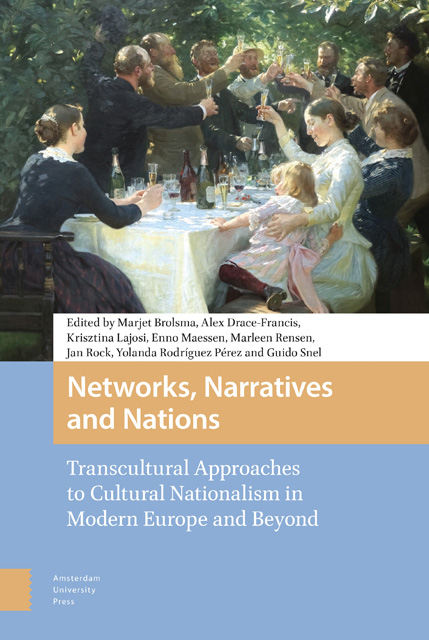 Networks, Narratives and Nations
Networks, Narratives and Nations Book contents
21 - The Shape of Things to Come: Thomas Pennant’s Tour of Ireland in 1754
Published online by Cambridge University Press: 16 November 2022
Summary
Abstract
Thomas Pennant's writings on Wales and Scotland profoundly influenced the development of tourism in those countries in the eighteenth and nineteenth centuries and helped shaped ideas about their respective “national characters”. His much earlier tour of Ireland, however, was never published. Though only in note form, it offers useful insights into the concerns of the period and their future directions.
Keywords tourism; Celticism; Enlightenment; Wales; Ireland; Scotland
Waiting for the ferry to Ireland in the summer of 1754, Thomas Pennant combed the shoreline at Holyhead in Wales. He found “hexagonal cristallizations” and a sea anemone “displaying various beautyfull branches, always expanded,” and was shown an “odd vegetation” by his new friend, William Morris. This may have been his first meeting with William (1705–1763), the third of the four Morris brothers of Anglesey (Morrisiad Môn), whose correspondence charts the ups and downs of a stimulating period of revival in Welsh literature and antiquarianism. Pennant was embarking on a three-month journey around Ireland, the first of several ambitious tours which would take him to the Continent, up to the northern and western parts of Scotland, and all over his native north Wales. He recorded that journey in a notebook of jottings – sometimes barely more than a list of places – a thin and sketchy ghost of the lived experience of the journey itself.
There would doubtless be many more of these notebooks, though remarkably few have survived. One from 1770 records an expedition into the north Welsh mountains, with an account of an ascent of Mount Snowdon: it contains a pressed flower, picked and slipped between its pages more than two and half centuries ago. But such intimacies are unusual, since this traveller mostly appears in print. Pennant's first successful publication was A Tour in Scotland 1769 (1771) rapidly followed by A Tour in Scotland and A Voyage to the Hebrides, 1772 (1774–76), and a series of three journeys around north Wales resulted in the two-volume Tours in Wales published in 1784. They were books that made a difference. Looking back over his Literary Life in 1793, he wrote:
I had the hardiness to venture on a journey to the remotest part of North Britain, a country almost as little known to its southern brethren as Kamschatka.
- Type
- Chapter
- Information
- Networks, Narratives and NationsTranscultural Approaches to Cultural Nationalism in Modern Europe and Beyond, pp. 265 - 274Publisher: Amsterdam University PressPrint publication year: 2022
